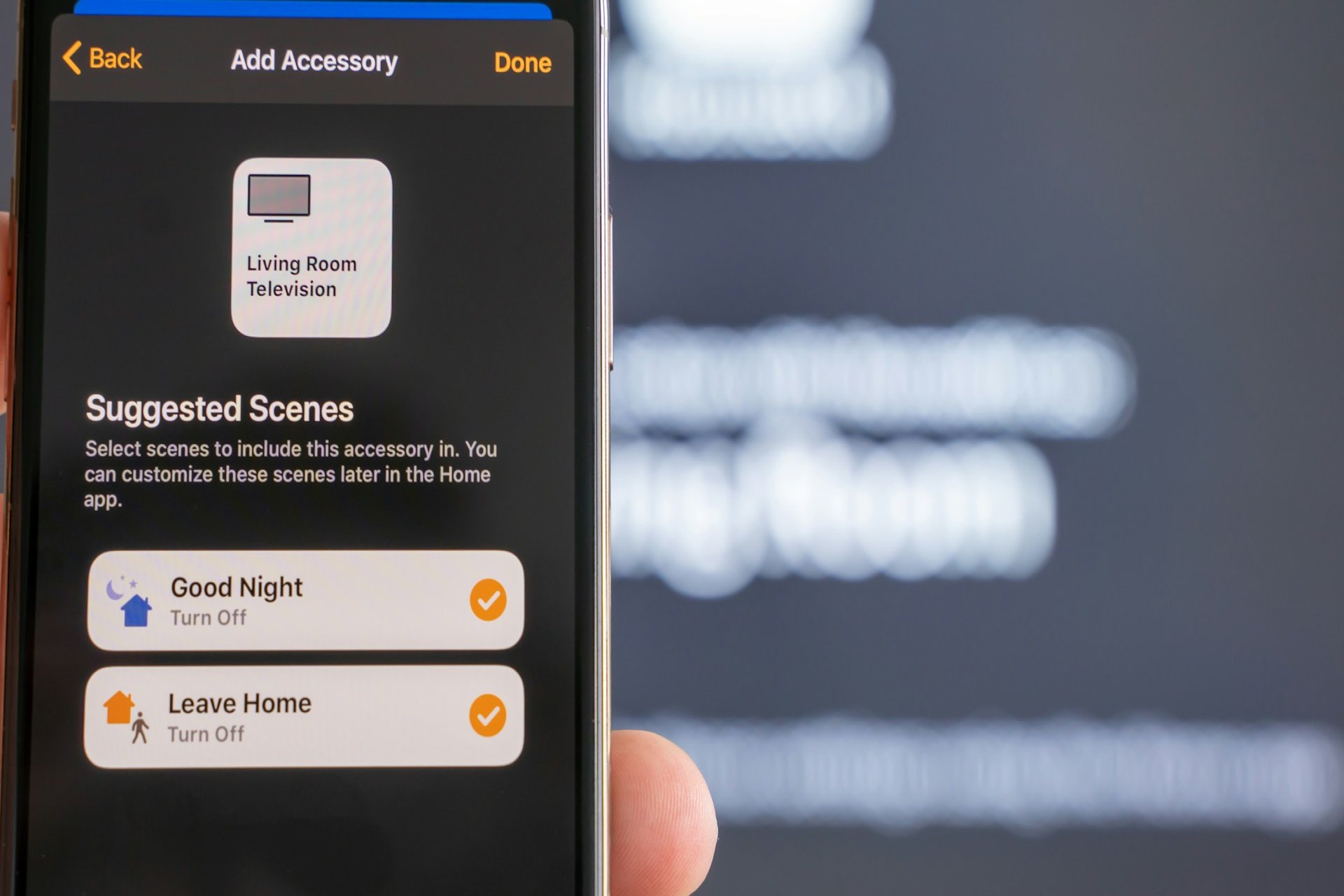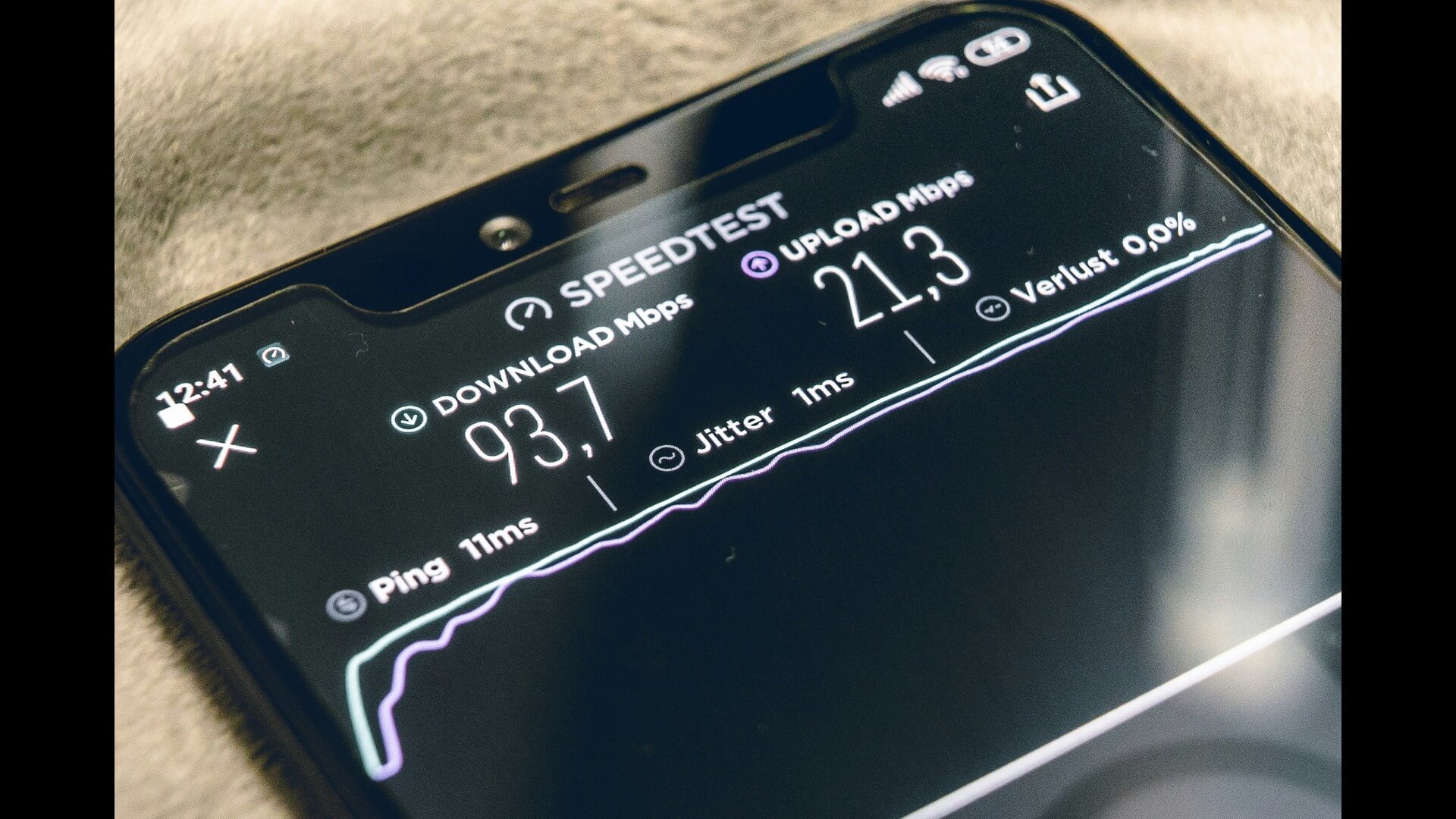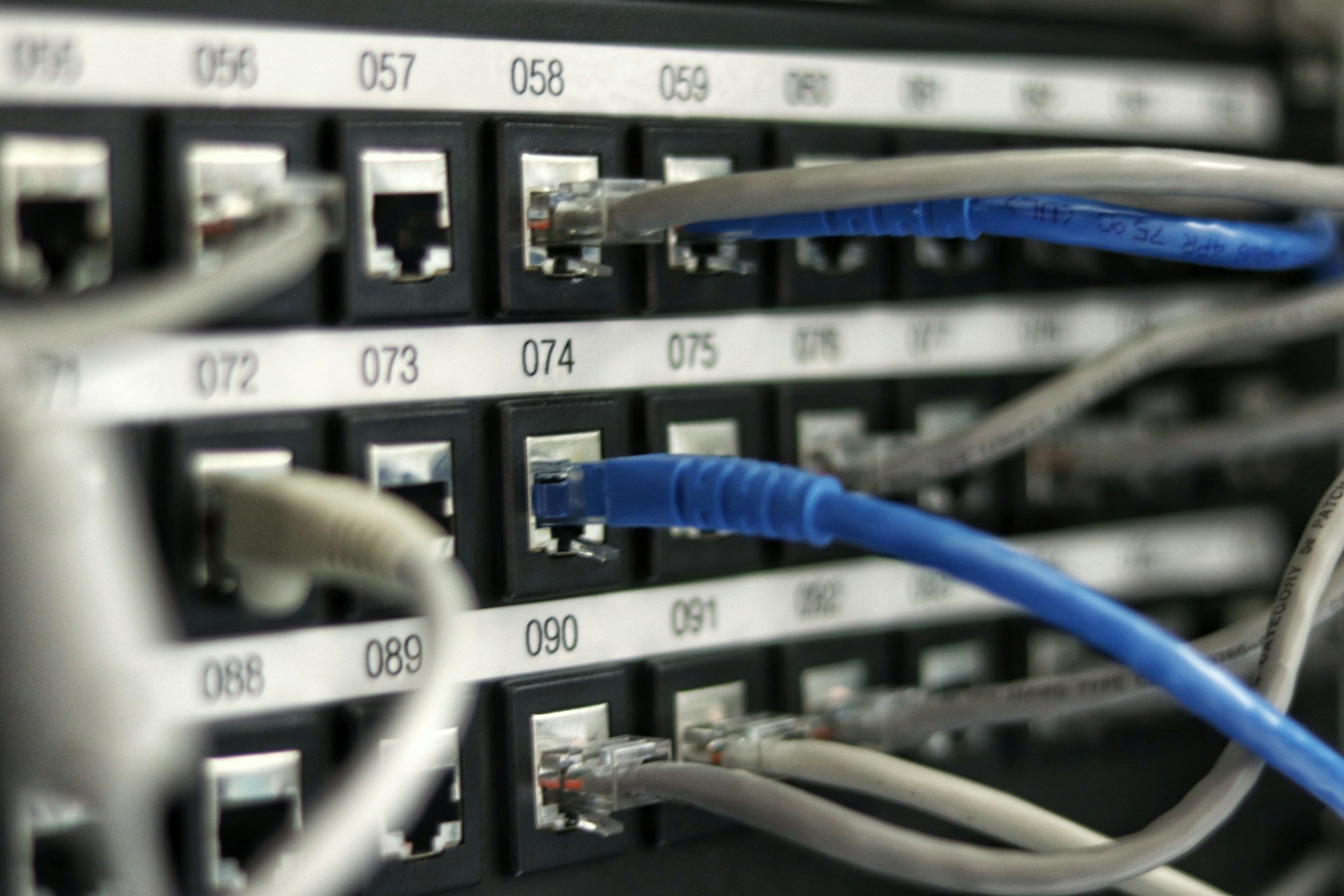
The Darker Side of IoT Smart Home Devices
May 16, 2024 - Ellie Gabel
Revolutionized is reader-supported. When you buy through links on our site, we may earn an affiliate commission. Learn more here.
IoT smart home devices are ideal for people who want to bring more convenience to their everyday lives. Although individual device functionality varies, many products allow people to make device-related changes without being home. For example, someone could adjust a smart thermostat so their abode will be at the preferred temperature when they return from work or school.
Although smart devices are increasingly affordable and widely available, they have some significant downsides consumers should know about before deciding to purchase them.
Stalkers and Abusers Exploiting Smart Home Devices
Relationship breakdowns are usually challenging for everyone involved, and most people don’t think about the potentially adverse impacts of adversaries misusing IoT smart home devices. People are not necessarily civil to each other when involved in breakups, and that’s particularly true if the relationship features domestic violence characteristics.
In such cases, perpetrators do everything they can to progressively control and intimidate their victims. That could mean:
- Enforcing how they spend their money
- Refusing to let them live independent lives
- Causing physical harm to a partner
- Degrading a person through emotional abuse
- Deciding which individuals a person can see
Deciding to get away from an abusive person can be a freeing moment for affected parties but also a dangerous one. Many perpetrators will retaliate in various ways. Some tech-savvy individuals may try to harass their partners or former partners through smart home devices. Unfortunately, this is not just a theoretical possibility.
One victim of this tech-enable abuse said her partner spoke to her through a smart speaker after she filed a restraining order against him. He also used a connected security camera to monitor the victim’s movements when she left the house, claiming it was for her safety.
Similarly, members of the Northern Ireland police force are aware of such intimidation efforts, warning the public that people may use IoT smart home devices against them. Similarly, some people have reported their exes and stalkers have added tracking devices to their phones.
Avoiding These Unpleasant Circumstances
Awareness is one of the best ways to stay on top of situations that could create tech abuse. For example, there should be a running list of all parties that share access to smart home devices that reflects changes in the residence.
Most people wouldn’t mind giving a smart lock code to someone who’s renting out a room in their home for several months over the summer. However, it’d be a potentially dangerous oversight to provide that access indefinitely rather than revoking it once the person leaves.
Things can understandably get trickier when multiple parties — such as a couple or several housemates — share the cost of smart home devices and associated subscription fees. One possibility is to create a written agreement stipulating what happens if someone no longer lives in the house for any reason. That document establishes the necessary transparency once everyone signs it.
However, people should also take care to prevent unnecessary concentrations of power. For example, if someone needs to reset an account password, doing that might require getting a one-time-use code sent to a phone. Whose phone receives it, and how was that decision made? Figuring those things out now — when all involved parties are on good terms — is a wise way to steer clear of potential complications later.
People should also generally be careful about using smart devices, social media sites or apps that encourage broadcasting where they are. Tagging oneself as attending a museum, festival or restaurant seems like harmless fun, but it could reveal too much to a determined perpetrator.
IoT Smart Home Devices Responding to Former Residents
It’s easy to see how an assortment of IoT smart home devices could become appealing selling points to people considering buying or renting a home. However, what happens if the smart home devices keep responding to the commands set up by a residence’s former occupants rather than the current ones?
When someone found himself in that perplexing situation, it took significant detective work and outside input to figure out the best ways to resolve it. However, the problem was too annoying to ignore. For example, the current resident found that the window blinds opened and shut at the same times each day. It’s easy to see how that continuing functionality could erode privacy and security.
The ultimate reason for the unwanted operation was that the former occupant set up the blinds and other parts of the smart home to operate on a now-defunct company’s servers. However, experts suggested the most straightforward way around the matter was to have the current homeowner pay $200 for a new smart hub and a monthly subscription fee to keep it operational.
Dealing With This Unexpected Issue
Most occupants of new-to-them homes never think about the possibility of dysfunctional IoT smart home devices. They become excited by the prospect of tech making their lives easier and don’t consider the consequences of what might happen if things go wrong.
An easy — but typically overlooked — alternative is for the person vacating the home to take the time to disconnect all devices’ ties to the former occupant. However, since leaving a residence often requires deep cleaning, packing things into moving boxes and taking care of other necessities, most people don’t have their smart home devices on their minds.
An even better option is for the vacating person or household to set aside some onboarding time so the new occupants can work together with them to ensure the connected devices work as expected. That’s ideal if the party selling the home has mentioned the connectivity as a perk. Then, they understandably bear some responsibility for doing what they can to make the transition as smooth as possible.
Finally, if someone is preparing a connected home for either rental or sale, they should think about which features are most broadly appealing to the people who will live in the house next. Most individuals would find things to appreciate about smart locks or connected thermostats, but they may feel less impressed by niche items, such as smart refrigerators. The safest thing may be removing some or most items before renting out or selling the home.
Use IoT Smart Home Devices Thoughtfully
These cautionary tales should not frighten people away from the prospect of using smart devices in their homes. However, individuals should ideally treat them as reminders that even the most user-friendly and desirable devices have potential risks. Thinking through and mitigating them before bringing connected products into the home is a practical way to stay safe.
Revolutionized is reader-supported. When you buy through links on our site, we may earn an affiliate commission. Learn more here.
Author
Ellie Gabel
Ellie Gabel is a science writer specializing in astronomy and environmental science and is the Associate Editor of Revolutionized. Ellie's love of science stems from reading Richard Dawkins books and her favorite science magazines as a child, where she fell in love with the experiments included in each edition.







